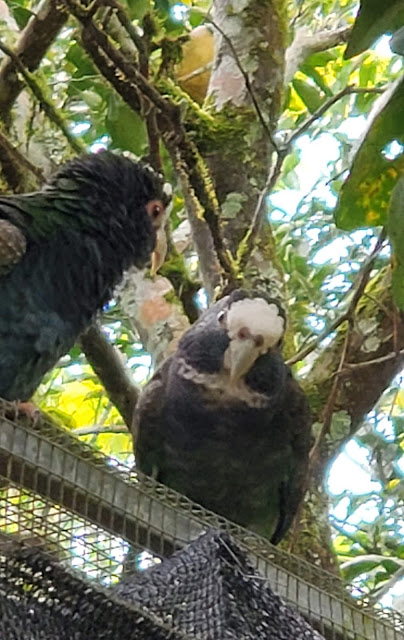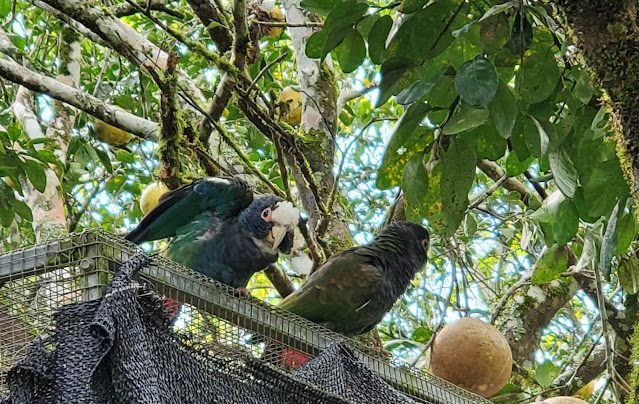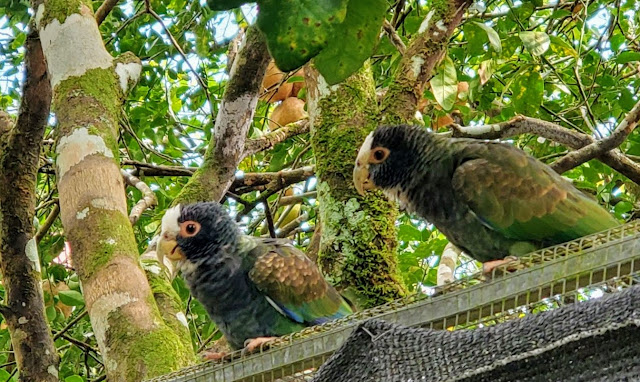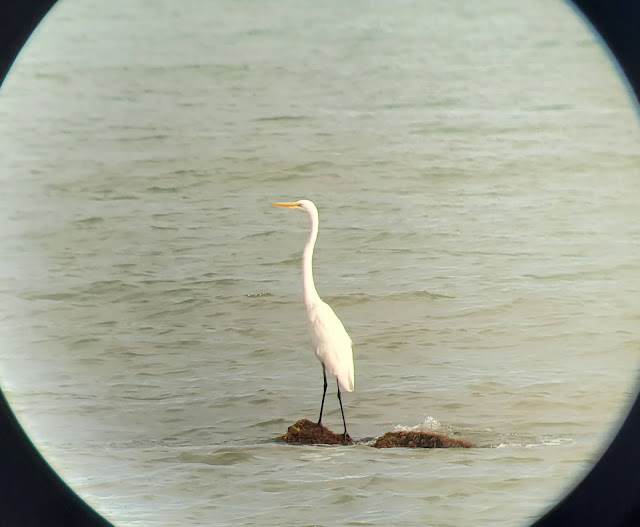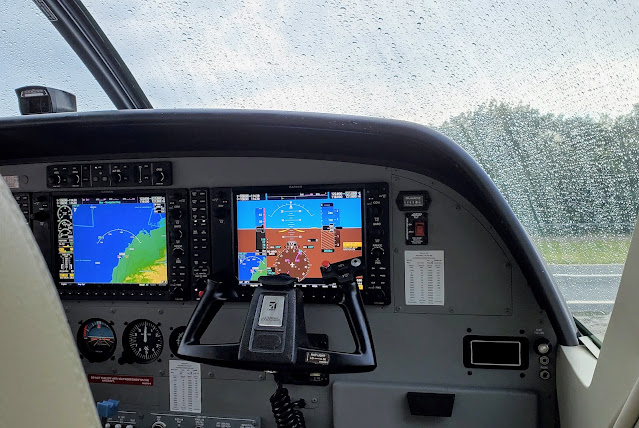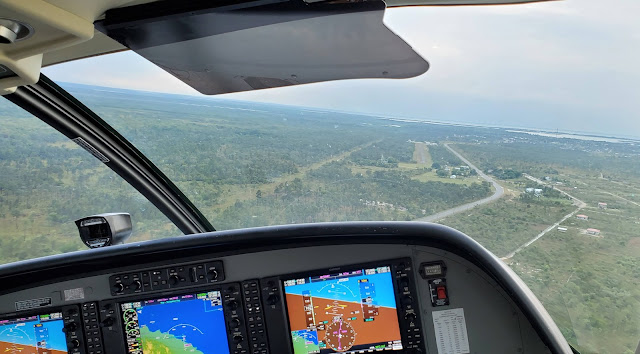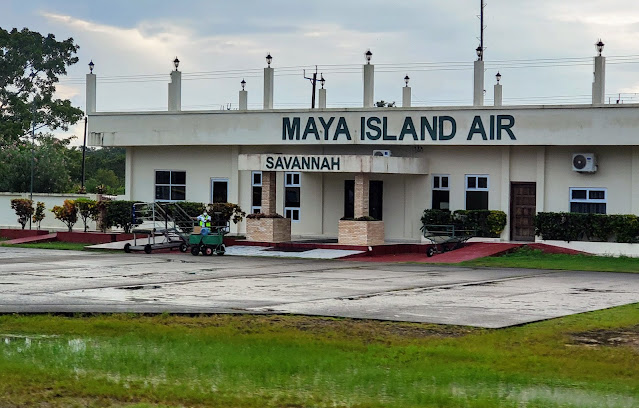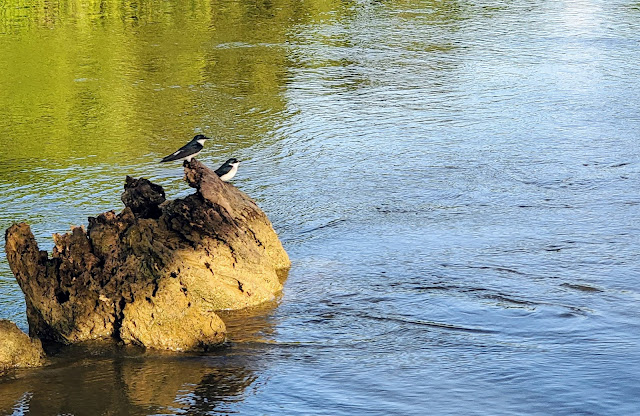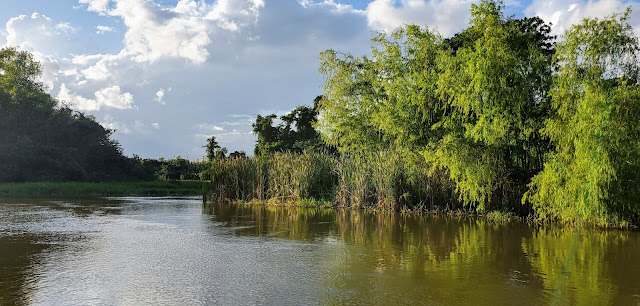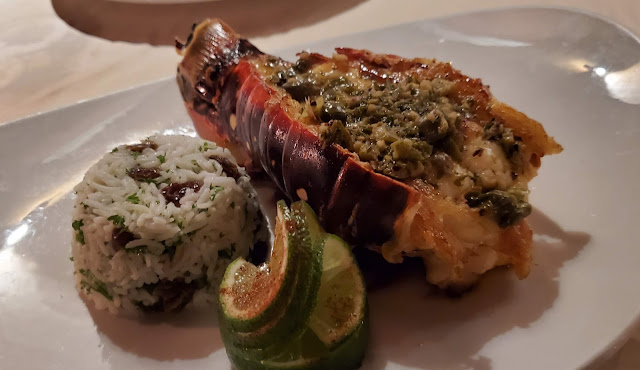We stopped for lunch at Corkers in Belmopan to eat on their shady open air terrace before we went to pay a visit to the nearby Belize Bird Rescue. And who should we see also having lunch there but Nikki Buxton, who along with her husband founded BBR in 2004 with the original goal of rehabilitating captured parrots for release back into the wild. Their work has expanded over the years to include veterinary care for injured wild birds of any species (song birds to birds of prey), permanent housing for birds that cannot be returned to the wild, hand-rearing baby parrots that were at risk of poaching for the lucrative (and illegal) wild bird trade, and support for birds that still need a little help but can live freely. The goal is to get as many birds back into the wild as they can. They have an amazing facility and have built up a cadre of international and local veterinary and trained volunteers to support the massive work they do. In fact, Nikki was dining with 3 volunteers/colleagues who had just arrived that morning and were on their way to BBR. It was also no surprise that they were lunching at Corkers, which is owned by Nikki's daughter and gives a portion of its profit to support BBR. Nikki's passion is parrots, especially the endangered yellow-headed parrot. BBR's yellow-headed parrot program, which they began in 2014, has reintroduced more than 150 yellow-headed back into the wild at two sites. You can check out this BBR website to see the work they do for the yellow-headed parrots.
We had an all too short visit to BBR, but were able to see - hear! - lots of parrots and get some nice photos. There was also some excitement with a happy ending!
We took a few photos of these two white-crowned parrots which get to fly free, but still need feeding support. They were very inquisitive. I love how they raise their white crowns when they talk to you.
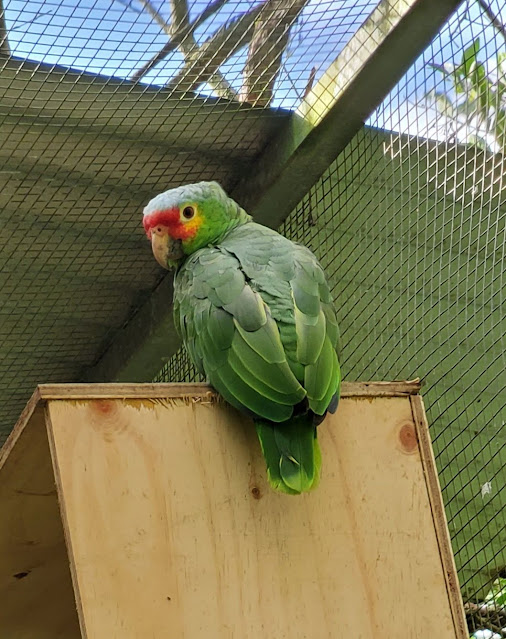 |
| Red-lored parrot. If I remember correctly this individual is not releasable and is a permanent resident of BBR. We see wild red-lored parrots at our place. |
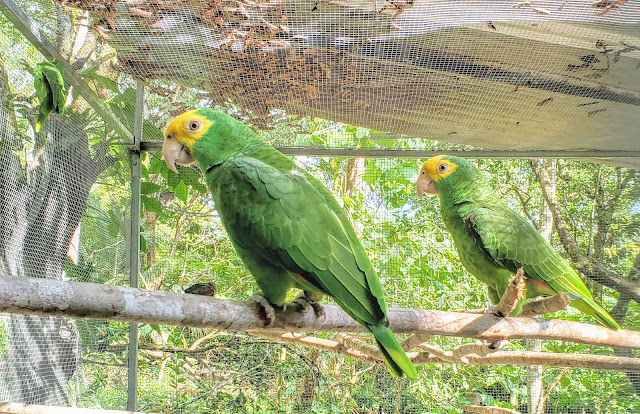 |
| Quite a few yellow-headed parrots in this enclosure. In nature, they live in flocks and this enclosure is large enough to house a small flock. |
